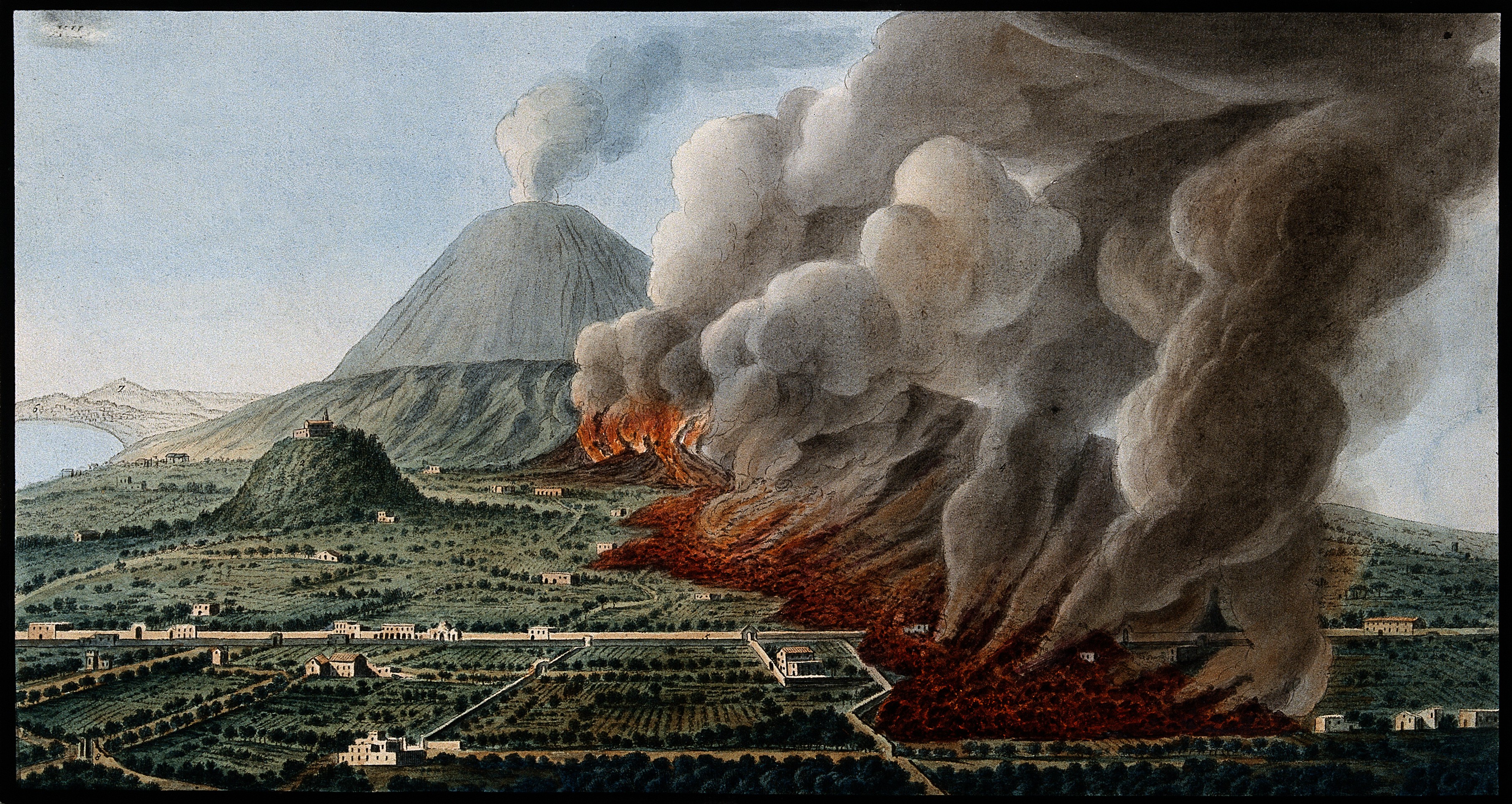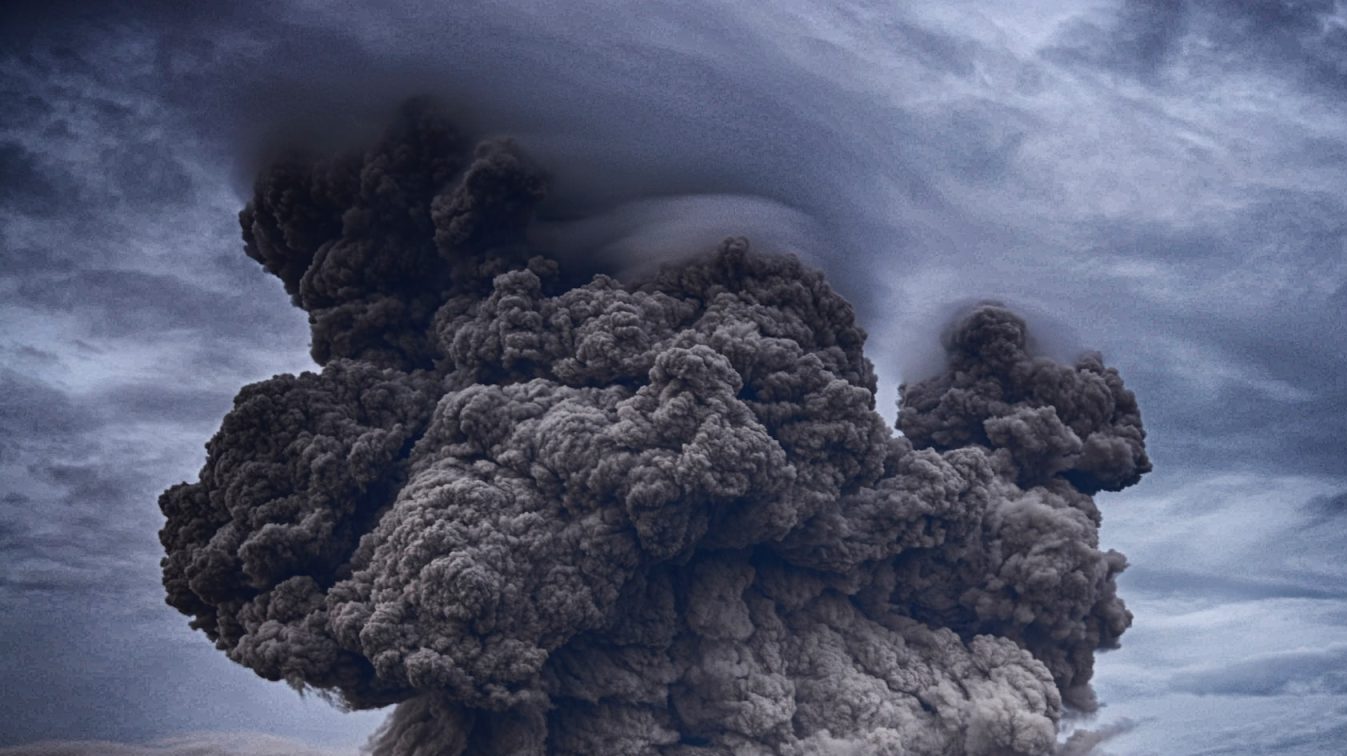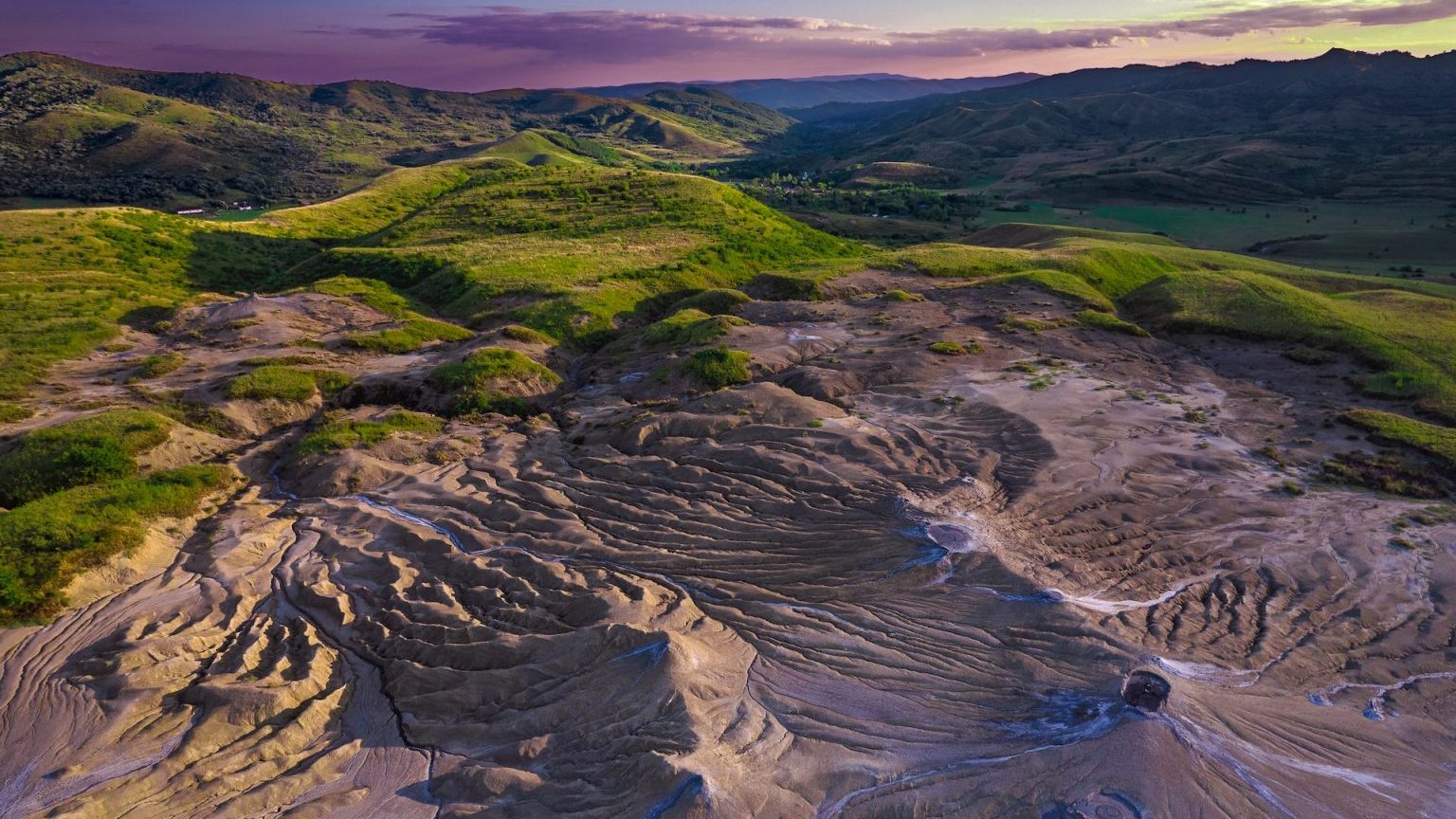Merapi Update for 10/28/2010: At least 33 people killed by explosive eruption

The news of the aftermath from the Merapi eruption continues to be grim. The pyroclastic flows have killed at least 33 people (including the “Keeper of Merapi”, who has caused a stir even in death), and now the job of burying the dead has begun. This is especially important in a tropical country like Indonesia because remember, the #1 killer in most disasters is not the event itself (e.g., earthquake, eruption, tsunami) but the disease that follows. Most refugee camps become centers of the spread of diseases, and with limited access to fresh water and food, the chances that disease can spread rapidly, especially amongst people potentially already weakened by injuries, is very high. More than 50,000 people have been evacuated and international aid has begun to arrive to help the refugees.
Merapi continues to erupt as well – on Thursday the volcano produced more ash and has no signs that this eruptive period is over. This new eruption at Merapi is something that hasn’t been noted frequently at the volcano – typically Merapi will generate lava flows, but this eruption was strongly explosive. The glow of the new juvenile magma at the summit crater is visible on the Merapi webcam at night (when conditions permit).

Ash damage in a town near Merapi (in background)
One thing to make clear is that although the earthquake and eruption are broadly related in the sense that they are both part of the subduction zone near Indonesia, there is no direct correlation. Geological events like this are randomly distributed and as with any random distribution, sometimes they line up – so don’t fall into the trap of thinking that one event lead to the other in a direct, causal relationship.
As with previous days, I’ll try to post updates throughout the day. You can, too, in the comments below.
Top left: Merapi on October 26, 2010.





